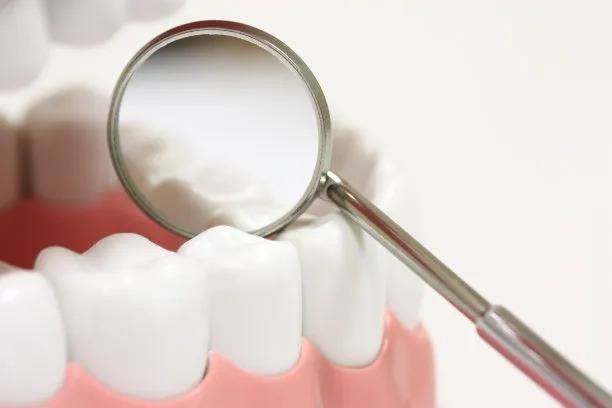The Essential Guide to Extracting a Tooth Safely and Minimizing Discomfort for Optimal Oral Health
Summary: Extracting a tooth can be a daunting experience, but understanding the process can significantly ease anxiety and minimize discomfort. This essential guide outlines safe practices for tooth extraction, focusing on effective preparation, the procedure itself, post-extraction care, and when to seek professional help. By adhering to these recommendations, individuals can achieve optimal oral health while reducing pain and complications associated with tooth extractions. This article serves as a comprehensive resource for anyone facing the need for tooth extraction, ensuring a safer and more comfortable experience.
1. Preparing for a Safe Tooth Extraction

Preparation is key when it comes to a successful tooth extraction. Before the procedure, it is essential to consult with a dentist who can assess the condition of the tooth and determine if extraction is necessary. During this consultation, patients should share their medical history, current medications, and any allergies, as this information will inform the dentists approach to the extraction.
In addition, patients should prepare themselves mentally and physically for the procedure. Its advisable to refrain from eating or drinking for several hours prior to the extraction, particularly if anesthesia will be used. Some arrangements, such as transportation home, should also be planned since the effects of sedation can impair judgment and coordination.
Lastly, understanding what to expect during the procedure can substantially reduce anxiety. A thorough explanation from the dentist about the steps involved in the extraction will help patients feel more at ease. This includes a discussion on anesthesia options, the reason for extraction, and the anticipated recovery process.
2. The Tooth Extraction Procedure Explained
The extraction procedure typically begins with the application of local anesthesia to numb the area surrounding the tooth. This is crucial in minimizing discomfort during the extraction. For patients with anxiety or those undergoing a more complex extraction, sedation options may also be offered.
Once the anesthesia takes effect, the dentist will use specialized instruments to loosen the tooth from its socket. This process requires a steady hand and precision, as the dentist must navigate the surrounding bone and gum tissues carefully. Patients may feel pressure but should not experience sharp pain during this stage of the extraction.
After the tooth is successfully removed, the dentist will provide guidance on managing any bleeding and swelling. There may be stitches required, which could dissolve on their own, reducing the need for additional visits. Its important for patients to listen closely to their dentist during this stage to ensure optimal recovery.
3. Caring for Your Mouth After Extraction
Post-extraction care is critical for a smooth recovery and to prevent complications. Patients are usually advised to bite down on gauze pads for a few hours after the extraction to help control bleeding. Its essential not to disturb the clot that forms at the extraction site, as this is a crucial part of the healing process.
For the first few days following the extraction, a soft food diet is recommended to avoid irritation. Foods like yogurt, applesauce, and smoothies can provide nourishment without putting pressure on the healing area. Additionally, it’s advisable to avoid hot foods and beverages, as they can lead to discomfort.
Maintaining proper oral hygiene is also vital. Patients should gently rinse their mouth with a saltwater solution a day after the extraction to mitigate the risk of infection while keeping the area clean. It’s recommended to avoid brushing directly over the extraction site for several days to allow it to heal properly.
4. When to Consult a Dentist After Extraction
While some discomfort is normal after a tooth extraction, specific symptoms warrant a call to the dentist. If bleeding continues longer than expected or becomes excessive, it’s imperative to seek professional assistance. Additionally, if patients experience severe pain that escalates rather than diminishes, this could indicate a complication, necessitating a reevaluation by a dentist.
Signs of infection, such as fever, swelling, or pus discharge from the extraction site, should also prompt immediate consultation. Complications can arise, including dry socket, which occurs when the blood clot dislodges or fails to form properly, leaving the nerve endings exposed and causing intense pain.
Lastly, maintaining follow-up appointments is crucial for monitoring the healing process. Dentists will ensure that the extraction site is healing correctly and that no further issues have emerged, thus contributing to the overall goal of optimal oral health.
In summary, understanding the process of tooth extraction can significantly alleviate the associated anxiety and discomfort. Proper preparation, following post-extraction care guidelines, and knowing when to consult a dentist are the cornerstones of a smooth experience. With these strategies in place, patients can ensure that their journey towards better oral health is as comfortable as possible.
This article is compiled by Vickong Dental and the content is for reference only.


